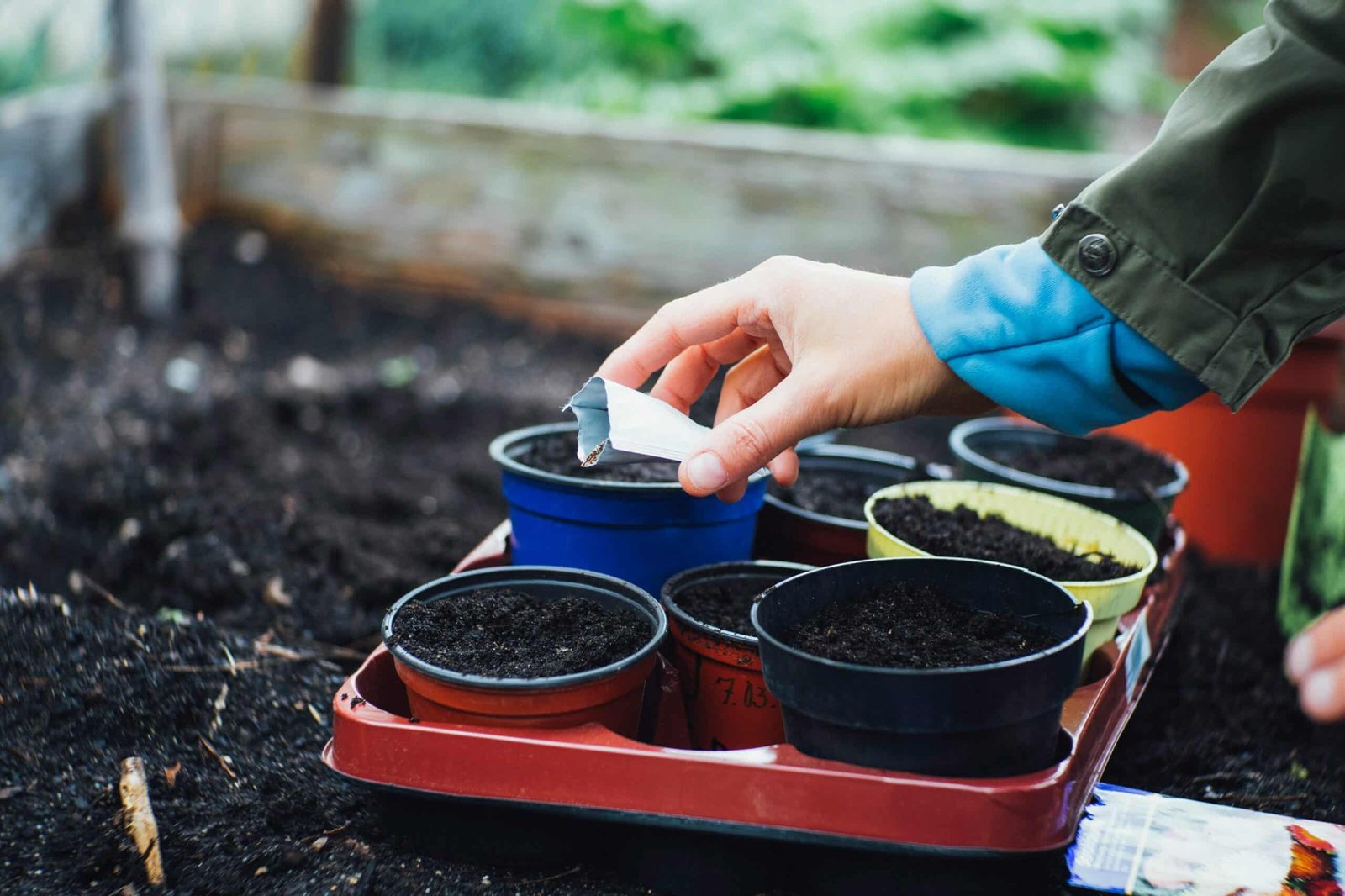Do old seeds still have the potential to bloom, or are they just a relic of the past? The truth is, they could still be good, but their viability depends on several factors like age, storage, and species. In this guide, we’ll explore how to test seed viability, how to store seeds for long-term use, and how to ensure your seeds will sprout when you’re ready to plant.
How to Tell if Old Seeds Are Still Good: Germination Test Explained
The germination test is a straightforward, reliable way to determine if your old seeds can still sprout. By following a simple procedure, you can quickly assess whether your seeds are worth planting or need to be replaced.
How to Perform a Germination Test:
- Collect and Label Seeds: Gather about 10 seeds for testing and label them for easy identification.
- Prepare Testing Materials: Moisten paper towels or prepare mini-pots for the seeds.
- Place Seeds for Testing: Arrange the seeds evenly on the moist paper towel or in pots, ensuring they have enough space to sprout.
- Cover the Seeds: If using paper towels, cover the seeds with a second layer of damp towel or place them in an airtight plastic bag to retain moisture.
- Set in a Warm, Dark Area: Store the seeds in a warm, dark place to encourage sprouting.
- Monitor and Record Results: Check daily for sprouting, and note the results after 4 to 21 days, depending on the seed type.
How to Calculate Germination Rate:
- After the testing period, count the number of seeds that sprouted and divide it by the total number of seeds tested.
- Multiply this result by 100 to get the germination percentage.
Example:
If you tested 10 seeds and 7 sprouted, your germination rate would be 70%. A higher percentage indicates better seed viability, while a lower rate suggests that the seeds may not be worth planting.
How to Tell if Old Seeds Are Still Good: Optimal Storage Conditions & Tips
Proper storage is essential to preserving seed viability over time. Inadequate conditions, like excess moisture or fluctuating temperatures, can cause seeds to lose their ability to sprout. Here are some best practices for storing your seeds to keep them viable longer.
Tips for Proper Seed Storage:
- Use Airtight Containers: Store seeds in airtight containers to prevent moisture from getting in.
- Maintain a Cool Environment: Keep seeds in a cool, dry place, ideally below 40°F. A refrigerator is often a good option.
- Store in Darkness: Light can degrade seed quality, so store them in dark environments to prevent premature germination.
- Include Moisture Barriers: Use silica gel packets to absorb any excess moisture inside storage containers.
- Check Regularly: Periodically check the seeds for any signs of deterioration or damage.
For those looking to prepare for long-term storage, a reliable seed vault, such as an heirloom seed collection, can be a smart investment. These collections, like those offered by My Patriot Supply, provide a variety of heirloom seeds designed for long-term storage and self-sufficiency. With these seeds, you can ensure that you’re ready for any future gardening needs, preserving your supply for years to come.
By maintaining optimal storage conditions, you can significantly extend the shelf life of your seeds and ensure they remain viable for future planting.
Final Thoughts: Ensuring Viable Seeds for Successful Gardening
Knowing how to tell if old seeds are still good is key to successful gardening. With the right tools and techniques, you can test seed viability and store your seeds properly to ensure a thriving garden. Whether you’re reviving last year’s seeds or storing new ones, the steps outlined here will give you the confidence to grow healthy plants, even with older seeds.
FAQ
How long do seeds typically remain viable?
Seeds typically remain viable for 1-10 years, depending on species and storage conditions. For example, vegetable seeds like tomatoes can last 4-5 years, while onion seeds may only last 1-2 years.
What’s the best way to test if old seeds are still good?
The paper towel germination test is the most reliable. Simply place seeds between damp paper towels, seal them in a plastic bag, and check for sprouts over 4-21 days.
Can I perform a water viability test on seeds?
Yes! Place seeds in water for 24 hours. Viable seeds will sink, while dead seeds will float. This test works well for larger seeds like beans and peas.
What are the signs that seeds have gone bad?
Signs that seeds have gone bad include discoloration, mold, cracks, strange odors, or a lack of firmness. Healthy seeds should look intact, feel firm, and have no visible damage.
How should I store seeds for long-term viability?
Store seeds in airtight containers in a cool, dark, and dry environment. Use silica gel to absorb moisture and keep them in paper envelopes within the container.
How often should I test seed viability?
It’s a good idea to test seed viability annually before planting. For older seeds or valuable varieties, test 3-4 weeks before planting to give yourself time to adjust.
What germination rate is considered good?
A germination rate above 70% is ideal. If it’s between 50-70%, you may still use the seeds but should consider planting more. If it’s below 50%, it’s best to replace them.

